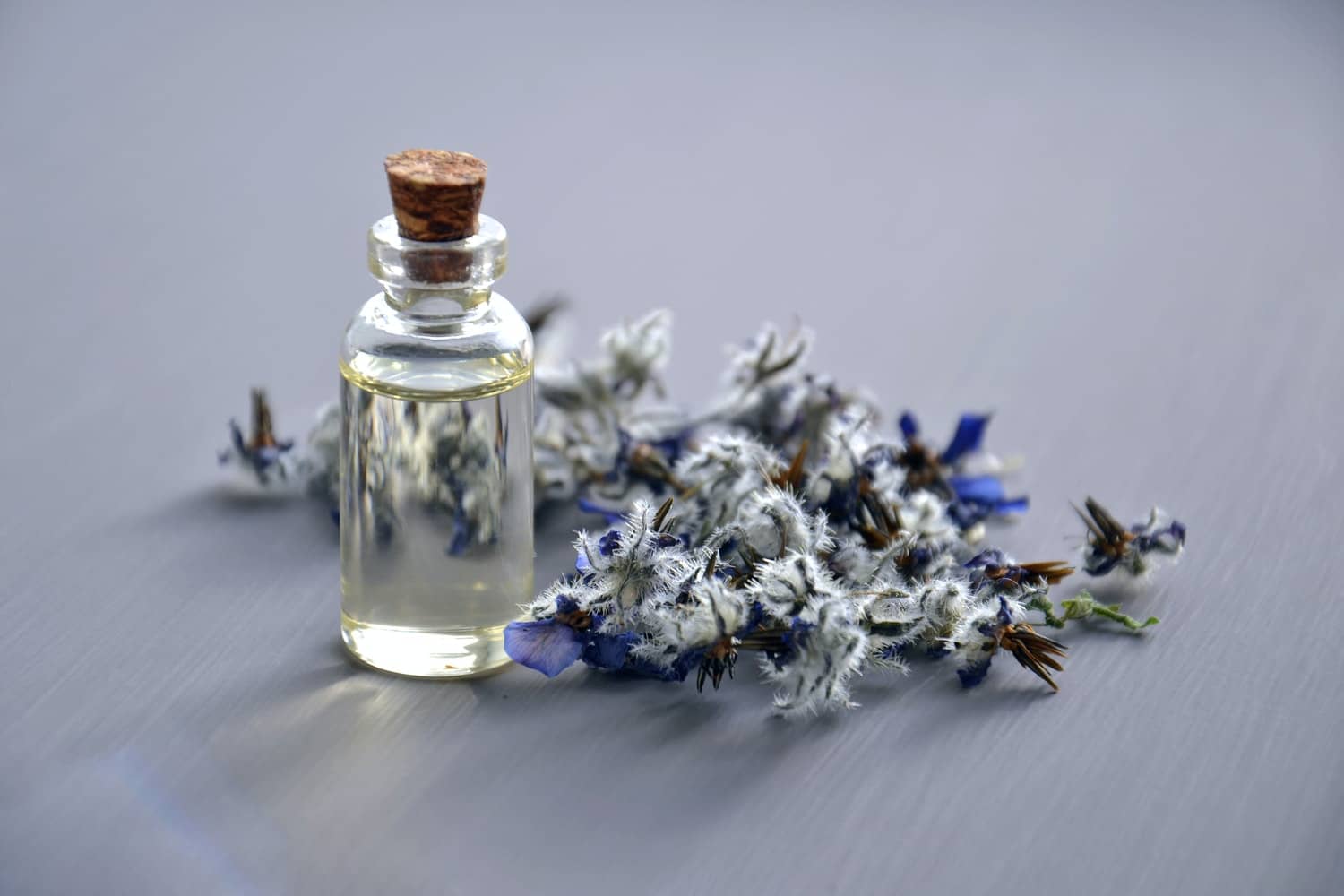Facial oils. You may have noticed these little bottles of concentrated goodness popping up more and more regularly on the shelves at your local drugstore or department store. You also may have wondered why on earth anyone would put OIL on their face. Isn’t oil the thing we try to avoid adding to our complexion? Yes and no.
The wrong kind of oil (i.e., the one that our skin naturally produces) is one we want to keep under control. The right kind of oil, however, can make sad skin happy and good skin glorious. Read on to find out how to use facial oils and which ones to try.
Before we start, let’s get one thing straight. The oil on our face and the oil we might find in a bottle are very different substances. Our skin naturally produces ‘sebum’ to help keep our complexion lubricated. Without sebum, we’d start drying out very quickly. The problem arises when our skin begins to overproduce that same sebum. Hello, oil slick!
When we talk about facial oils, we talk about preparations combining skin-loving ingredients. Rosehip, Avocado, and Jojoba are all common oils that we may see on a facial oil bottle label. These oils, like any concentrated skin treatment product, are designed to treat a whole range of skin ailments gently and naturally. So how do you choose the right one for you?
1. Think about your skin type
When choosing a facial oil, it’s essential to consider your skin type. Are you oily, or do you tend to err on the dry skin side of things? Is your skin generally pretty happy, or does it break out or become itchy/irritated frequently? By working out your skin’s personality, you can determine what will suit it best.
2. Choose your oil wisely
There are a plethora of different skincare oils available today. Like you wouldn’t choose the first face, wash you caught sight of, choosing the first facial oil that catches your eye isn’t always wise. Pick one that suits what you want to treat.
Rosehip oil is an excellent option if you have dry, sensitive skin. Oily or acne-prone types should look for grapeseed preparations, while all skin types can benefit from jojoba and avocado oils.
3. Apply in the right way
You wouldn’t apply a rich serum to skin already covered in products, and facial oil is no different. Oils work best when applied to clean—product free skin. Just after cleansing is ideal; they also respond well to warmth. Squeezing a few drops into your (clean) palms and rubbing your hands together will help warm and disperse the product, making it easy to apply to the skin.
You also want to focus on massaging your chosen product into your face, neck, and decolletage. Use your warm fingertips to work the product in. The glow you get will make it worth your while.
4. Partner with the right products
While some people may find that facial oil is enough nourishment/treatment for their skin, others may still need or want to apply other favorite preparations. The best way to do this is by layering your skincare. Apply your oil to clean your skin using warm fingers and allow it to sink into the skin before applying your chosen moisturizer or lotion.
It’s also essential to ensure the ingredients you use don’t react together. Most facial oils use all-natural compounds, but a moisturizer with many active ingredients may cause sensitivity. Try a patch test of the two products on your hand or arm before applying it to your face.















